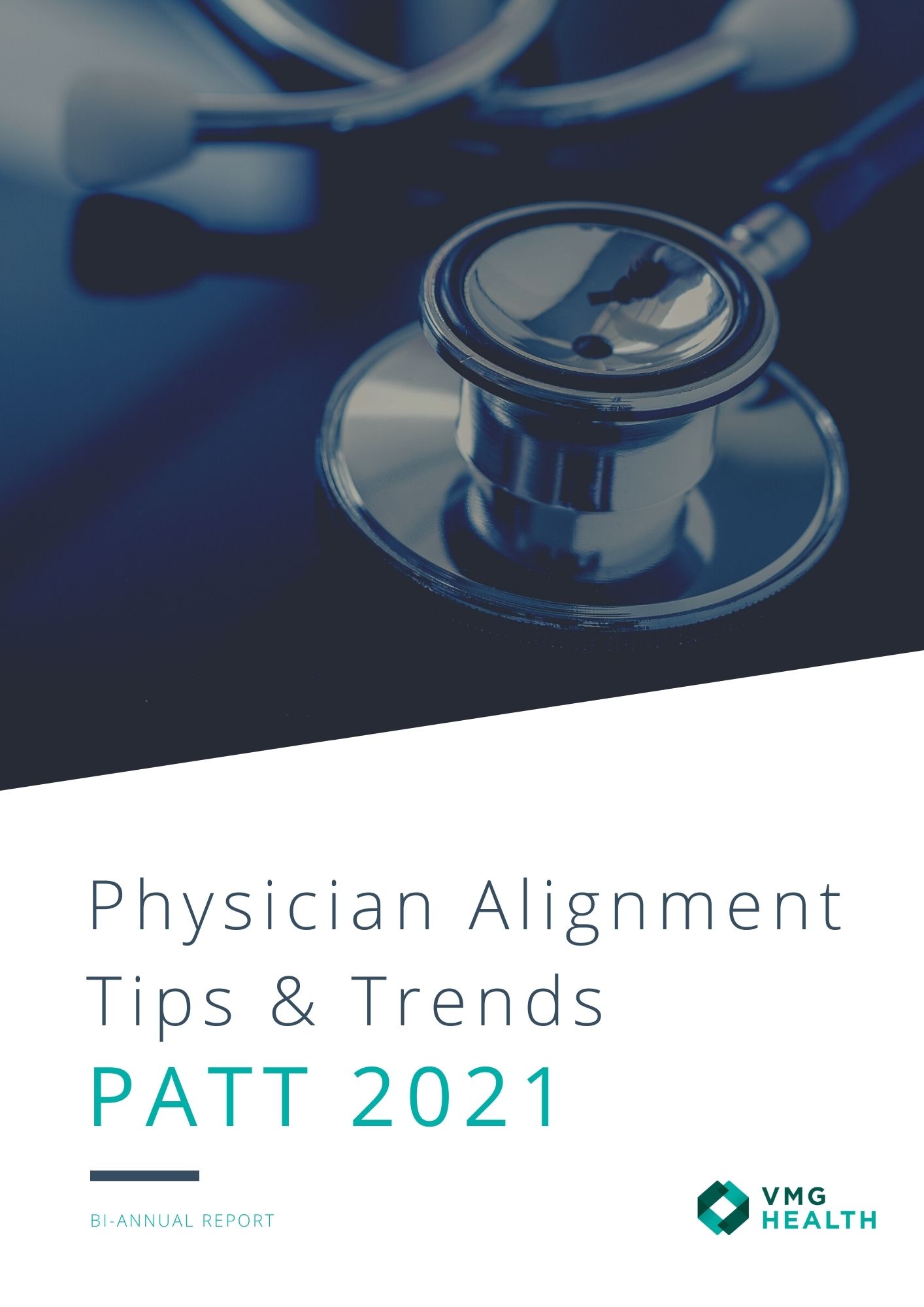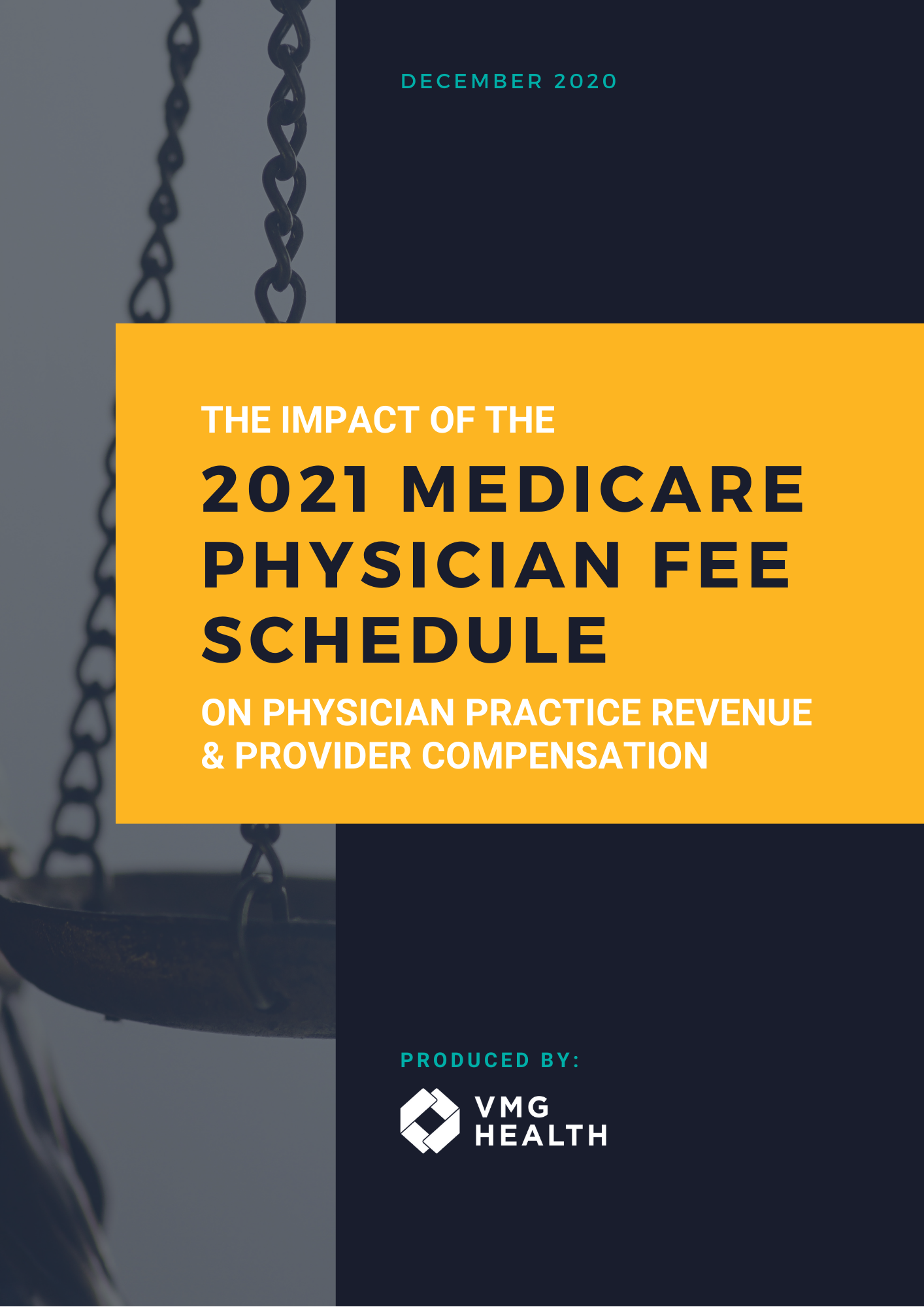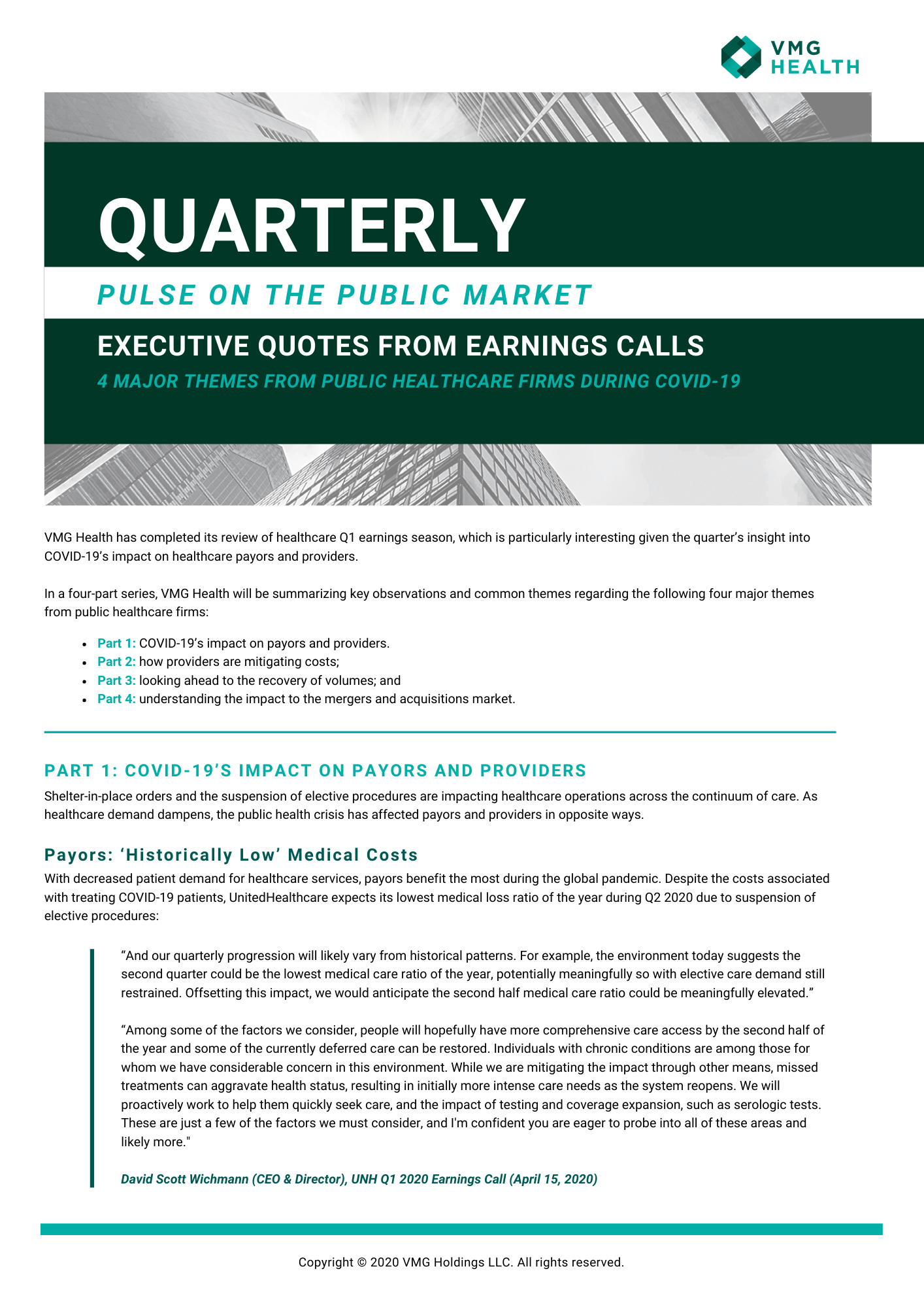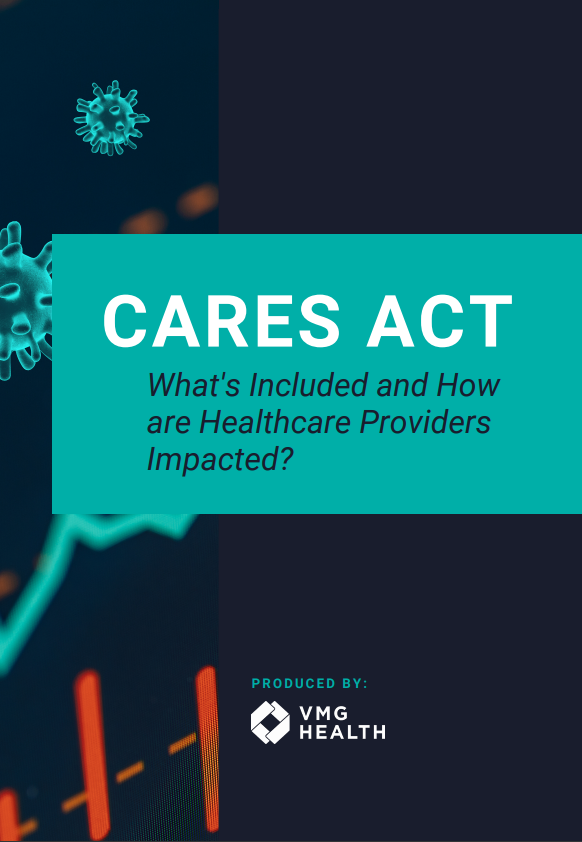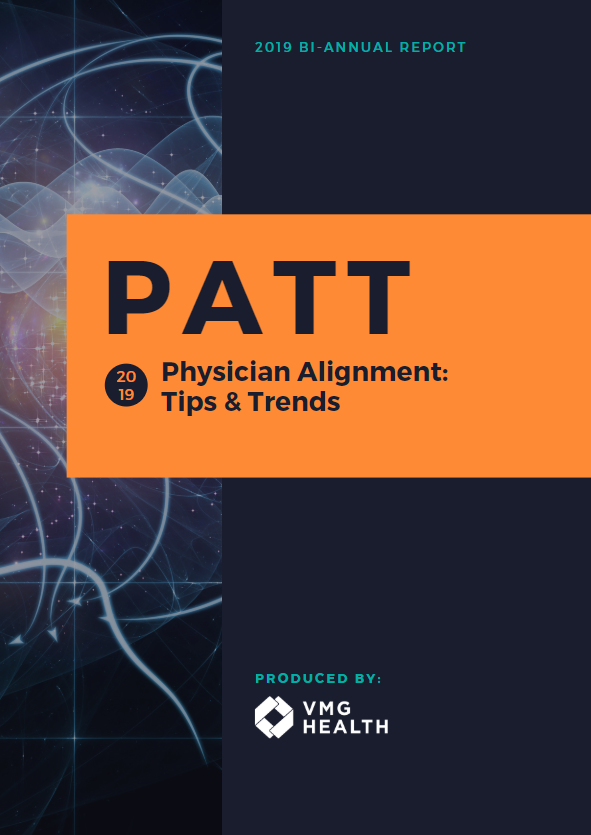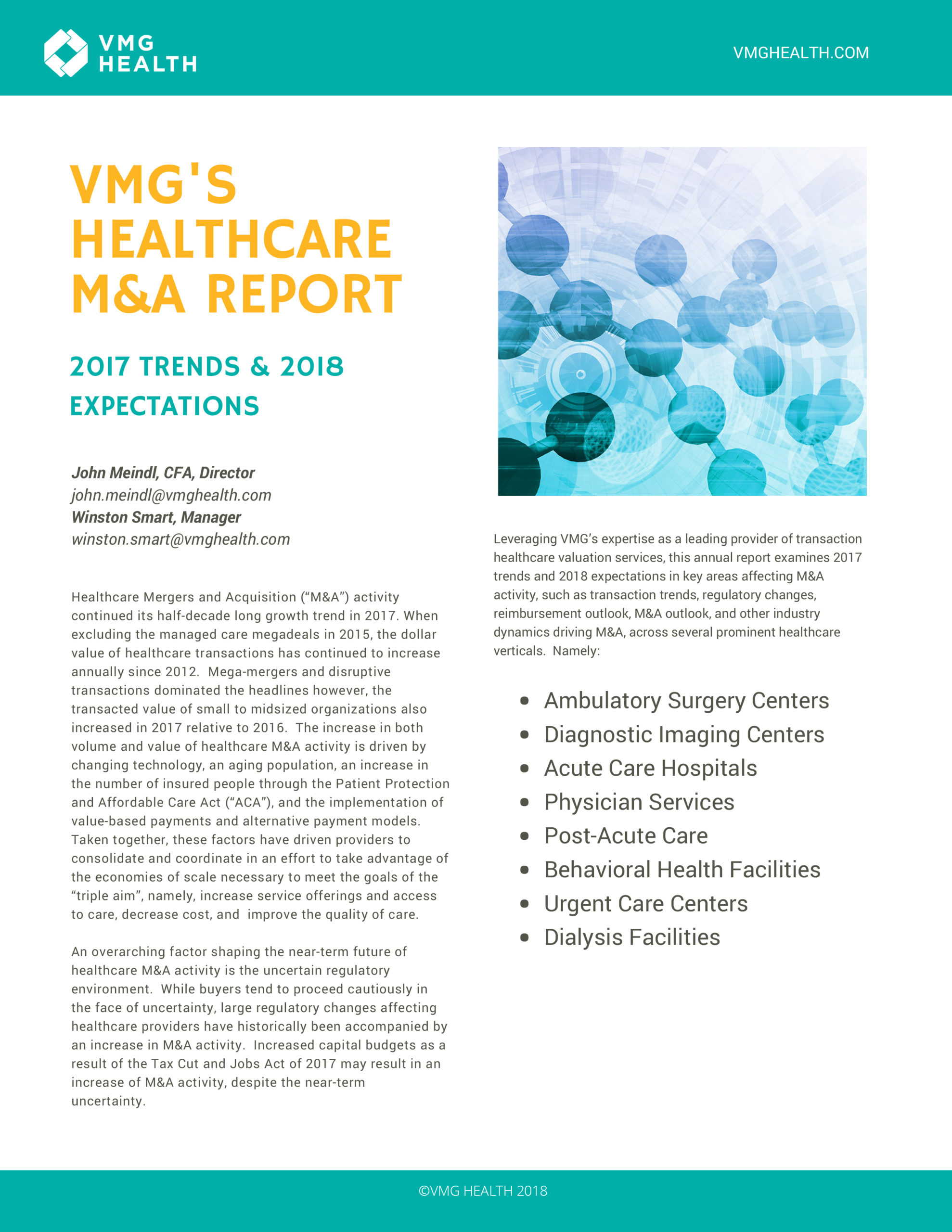- About Us
- Our Clients
- Services
- Insights
- Healthcare Sectors
- Ambulatory Surgery Centers
- Behavioral Health
- Dialysis
- Hospital-Based Medicine
- Hospitals
- Imaging & Radiology
- Laboratories
- Medical Device & Life Sciences
- Medical Transport
- Oncology
- Pharmacy
- Physician Practices
- Post-Acute Care
- Risk-Bearing Organizations & Health Plans
- Telehealth & Healthcare IT
- Urgent Care & Free Standing EDs
- Careers
- Contact Us
2021 Physician Alignment Tips & Trends (PATT) Report
2021 Bi-Annual Report
The healthcare landscape continues to be complex and highly regulated with physicians being at the center of nearly every strategy. A physician’s impact on financial operations, patient care and an organization’s culture make physician alignment critical for any healthcare organization to succeed. To help leaders understand the best options for alignment strategies, the 2021 PATT report provides timely insight into the latest trends and regulatory changes that impact physician alignment.
The past two years have reflected many of the same healthcare trends we outlined in VMG Health’s 2019 PATT Report, such as a strong movement towards value-based care and an influx of private equity participants. Now, we also have the impact of the Coronavirus pandemic (COVID-19) and monumental changes to Medicare’s Physician Fee Schedule. As a result, healthcare executives have been pressed to closely examine the goals and financial outcomes of their arrangements with physicians.
As the leader in healthcare valuation and strategy since 1995, VMG Health is involved with over 3,000 healthcare engagements annually ranging from joint venture development to compensation design. For any one physician arrangement, VMG Health may work with representatives from strategy, finance, compliance, legal, human resources, and/or operations. This in-depth insight has resulted in VMG Health being part of countless successful physician alignment strategies.
- Health System Challenges & Strategies (Telehealth, Physician Performance & Lower Burnout, 2021 Medicare Physician Fee Schedule Changes, Understanding the Private Equity Play, Tackling Medical Group Optimization)
- Physician Insight & Trends (Addressing Physician Concerns, Physician Supply & Demand Trends, Primary Care's New Major Role, Compensation Model Design in 2021)
- The Latest in Regulatory Guidelines (Final Stark Law and AKS Implications, Top Coding Concerns with Physicians, More Individual Accountability, DOJ’s Updated Evaluation of Corporate Compliance Programs)
Healthcare M&A Report: The New Normal – 2020 Trends & 2021 Expectations
VMG HEALTH'S HEALTHCARE M&A REPORT: THE NEW NORMAL
2020 Trends & 2021 Expectations
Healthcare Mergers and Acquisition (“M&A”) activity stalled in 2020 as the healthcare industry responded to the COVID-19 pandemic. Since the first vaccine was issued in the U.S. in December, 2020, healthcare services transaction activity has begun a considerable recovery. Transaction deal volume in Q1 2021 was a staggering 75% higher than transaction activity in Q1 2020. Among the major trends impacting transactions in 2020 were the rise of telemedicine, shifting referral patterns from inpatient to outpatient sites of care, cross-industry integrations, continued interest from private equity firms in the healthcare services space, and disruptive partnership models.
Providers continue to seek consolidation to gain market share and to take advantage of the economies of scale necessary to meet the goals of the “triple aim”, namely, increase access to care, decrease cost, and improve the quality of care.
Joe Biden was elected president of the United States in the November 2020 election. The election also resulted in the first 50-50 split in the Senate since 2001 and the Democratic party held on to their majority in the House of Representatives. Exactly how the election results will impact the healthcare industry is still unknown, but history tells us change is inevitable. The COVID-19 pandemic, changing technology requirements, and the implementation of value-based payments and alternative payment models continue to drive industry dynamics. While buyers tend to proceed cautiously in the face of uncertainty, large changes affecting healthcare providers have historically been accompanied by an increase in M&A activity. With vaccine distribution underway, the healthcare industry and the country on the path to recovery from the COVID-19 pandemic, and market participants seeking to deploy the capital that has been sitting on the sidelines for the past year.
Leveraging VMG’s expertise as the leading provider of healthcare transaction and valuation services, this annual report examines the healthcare M&A landscape before and after COVID-19. We analyze transaction activity, regulatory changes, reimbursement outlook, post COVID-19 M&A outlook, and other industry dynamics driving M&A, across several prominent healthcare verticals. Namely:
- M&A in COVID-19: Impact and Future Implications
- Ambulatory Surgery Centers
- Diagnostic Imaging Centers
- Acute Care Hospitals
- Physician Medical Groups
- Post-Acute Care
- Behavioral Health Facilities
- Urgent Care Centers
- Dialysis Facilities
- Private Equity Healthcare M&A (All Sectors)
The Impact of the 2021 Medicare Physician Fee Schedule on Physician Practice Revenue and Provider Compensation
THE IMPACT OF THE 2021 MEDICARE PHYSICIAN FEE SCHEDULE
on Physician Practice Revenue and Provider Compensation
The Centers for Medicare & Medicaid Services (“CMS”) periodically reviews CPT codes to identify, and correct, potentially mis-valued codes and related policies that drive healthcare payment rates.1 While in most years, this review results in nominal changes across the healthcare industry, the 2021 CMS Physician Fee Schedule Final Rule (“Final Rule”) is poised to drive a major shift in the way healthcare costs are valued and how reimbursement is administered.
Understanding these changes are critical to proper financial planning and to appropriately valuing physician compensation. As healthcare leaders know, properly compensating physicians is key to alignment, care coordination and compliance. The following sections briefly describe the key changes outlined in the Final Rule and how to tackle existing and prospective physician compensation agreements under the new standards.
- Summary of Key Changes
- Practice Reimbursement Implications
- Considerations for Existing Provider Employment Agreements
- Impact on Hospital-Based Coverage Arrangements
Q2 EXECUTIVE QUOTES FROM EARNINGS CALLS: 3 MAJOR THEMES FROM PUBLIC HEALTHCARE FIRMS DURING COVID-19
3 Major Themes from Public Healthcare Firms During COVID-19
VMG Health has completed its review of healthcare Q2 earnings season, which was one of the most unpredictable quarters for providers and payors to-date. Given that the pandemic impacted the entirety of the second quarter, insights and experiences from the provider sector are particularly interesting.
In this three-part series, VMG Health has summarized key observations and common themes regarding the following three major themes from public healthcare firms:
Executive Quotes from Earnings Calls: 4 Major Themes from Public Healthcare Firms During COVID-19
3 Major Themes from Public Healthcare Firms During COVID-19
VMG Health has completed its review of healthcare Q2 earnings season, which was one of the most unpredictable quarters for providers and payors to-date. Given that the pandemic impacted the entirety of the second quarter, insights and experiences from the provider sector are particularly interesting.
In this three-part series, VMG Health has summarized key observations and common themes regarding the following three major themes from public healthcare firms:
Healthcare M&A Report: 2019 Trends & 2020 Expectations Before & After COVID-19
2019 Trends & 2020 Expectations
Healthcare Mergers and Acquisition (“M&A”) activity continued its march forward in 2019, with deal volume decreasing slightly but remaining relatively consistent with the record-setting 2018. When excluding mega-deals, the dollar value of healthcare transactions has increased every year since 2012.
Among the major transaction trends in 2019 were mega-deals, cross-industry integrations, private equity firms driving multiples up, disruptive partnership models, and continued interest from payors buying providers.
Providers continue to seek consolidation to gain market share and to take advantage of the economies of scale necessary to meet the goals of the “triple aim”, namely, increase access to care, decrease cost, and improve the quality of care.
The COVID-19 pandemic, changing technology requirements, and the implementation of value-based payments and alternative payment models continue to drive uncertainty in the industry. However, while buyers tend to proceed cautiously in the face of uncertainty, large changes affecting healthcare providers have historically been accompanied by an increase in M&A activity. With the healthcare industry and the country responding to the ongoing COVID-19 outbreak, the market downturn it has caused, and an upcoming presidential election, 2020 is shaping up to be a turbulent year for healthcare M&A.
Leveraging VMG Health’s expertise as the leading provider of healthcare transaction and valuation services, this annual report examines the healthcare M&A landscape before and after COVID-19. We analyze transaction activity, regulatory changes, reimbursement outlook, post COVID-19 M&A outlook, and other industry dynamics driving M&A, across several prominent healthcare verticals. Namely:
- COVID-19: M&A Before and After
- Ambulatory Surgery Centers
- Diagnostic Imaging Centers
- Acute Care Hospitals
- Physician Medical Groups
- Post-Acute Care
- Behavioral Health Facilities
- Urgent Care Centers
- Dialysis Facilities
- Private Equity Healthcare M&A (All Sectors)
CARES Act: What’s Included and How are Healthcare Providers Impacted?
To deal with the economic hardship and other fallout from the spread of Coronavirus Disease (“COVID-19”), on March 27, 2020, the Coronavirus Aid, Relief and Economic Security Act (the “CARES Act”) was signed into law. With total funding of approximately $2.3 trillion, the legislation is the largest economic stimulus package in the history of the United States. Aimed at alleviating the hardship imposed by COVID-19 on individuals, business and healthcare providers, the CARES Act is expected to impact almost every sector of the US economy.
With healthcare providers on the front lines of fighting COVID-19 and healthcare accounting for 17.7% of the US gross domestic product, the CARES Act has numerous provisions specific to the healthcare industry which has been disproportionately affected by the nationwide crisis. What are these provisions and how are they expected to impact provider operations, cash flow and the ability of facilities to serve patient needs?
Based on VMG Health’s (“VMG”) review of the legislation, discussions with industry stakeholders and other publicly available information, the CARES Act is primarily designed to address the crisis experienced by healthcare providers in the following ways:
- Loan Programs
- Direct Funding and Grants
- Relief from Spending Cuts and Additional Reimbursement
- Tax Code Changes
- Changes in Regulatory Framework
Please note, VMG has summarized specific major provisions relevant to healthcare providers below. However, this is not intended to be a comprehensive analysis of what is included in the CARES Act and how it may impact healthcare organizations.
2019 Physician Alignment: Tips & Trends (PATT)
Bi-Annual Report
The healthcare landscape has become increasingly complex with the need to involve physicians in most every strategic decision, as value-based care becomes the way of the future. Meanwhile, the surge of private equity transactions into the healthcare space has been enormous. To add to the mix, the highly regulated nature of the industry creates unique barriers to new alignment models. Balancing these factors in order to drive a successful physician alignment strategy is no easy task.
Founded in 1995, VMG Health now values over 4,000 transactions annually throughout the United States. As a result, VMG Health has extensive insight into the industry and critical success factors associated with physician alignment. Understanding how to drive higher reimbursement in the new environment, along with navigating healthcare regulations is required for healthcare executives to be successful in today’s environment. For any one transaction, or contractual arrangement with a physician, a multitude of parties are involved, including representatives from: strategy, finance, compliance, legal, human resources, operations, and potentially outside consultants. It can be challenging to tie all these groups together to effectively achieve physician alignment goals. The PATT Report provides timely insight to help healthcare leaders better understand the physician alignment landscape in order to facilitate successful strategy development and implementation.
- Health System Challenges & Strategies (Reimbursement & Expense Trends, IT Systems, Physician Compensation Model Design)
- Physician Insight & Trends (Physician Perspective, Major Trends in Physician Compensation, Primary Care Evolution)
- The Latest in Regulatory Guidelines (New Stark / AKS Proposed Rules, Non-Governmental Payors & The Travel Act, Joint Ventures, Private Equity Investment in Healthcare)
Healthcare M&A Report: 2018 Trends & 2019 Expectations
2018 Trends & 2019 Expectations
Healthcare Mergers and Acquisition (“M&A”) activity continued its march forward with a record setting year in 2018 by deal volume. When excluding the managed care mega-deals in 2015 and 2017, the dollar value of healthcare transactions has also continued to increase annually since 2012.
Among the major transaction trends in 2018 were mega-deals, cross-industry integrations, public companies moving private, private equity firms driving multiples up, disruptive partnership models, and continued interest from payors buying providers.
Providers continue to seek consolidation in an effort to take advantage of the economies of scale necessary to meet the goals of the “triple aim”, namely, increase access to care, decrease cost, and improve the quality of care.
Changing technology requirements, the future of the Patient Protection and Affordable Care Act (“ACA”), and the implementation of value-based payments and alternative payment models continue to drive uncertainty in the industry. However, while buyers tend to proceed cautiously in the face of uncertainty, large regulatory changes affecting healthcare providers have historically been accompanied by an increase in M&A activity.
Leveraging VMG’s expertise as the leading provider of healthcare transaction and valuation services, this annual report examines 2018 trends and 2019 expectations in key areas affecting M&A activity such as; transaction activity, regulatory changes, reimbursement outlook, M&A outlook, and other industry dynamics driving M&A, across several prominent healthcare verticals. Due its increasing impact on the transaction market, we’ve also included a sector report on private equity activity in healthcare.
- Ambulatory Surgery Centers
- Diagnostic Imaging Centers
- Acute Care Hospitals
- Physician Medical Groups
- Post-Acute Care
- Behavioral Health Facilities
- Urgent Care Centers
- Dialysis Facilities
- Private Equity Healthcare M&A (All Sectors)
Healthcare M&A Report: 2017 Trends & 2018 Expectations
Healthcare Mergers and Acquisition (“M&A”) activity continued its half-decade long growth trend in 2017. When excluding the managed care megadeals in 2015, the dollar value of healthcare transactions has continued to increase annually since 2012. Mega-mergers and disruptive transactions dominated the headlines however, the transacted value of small to midsized organizations also increased in 2017 relative to 2016. The increase in both volume and value of healthcare M&A activity is driven by changing technology, an aging population, an increase in the number of insured people through the Patient Protection and Affordable Care Act (“ACA”), and the implementation of value-based payments and alternative payment models. Taken together, these factors have driven providers to consolidate and coordinate in an effort to take advantage of the economies of scale necessary to meet the goals of the “triple aim”, namely, increase service offerings and access to care, decrease cost, and improve the quality of care.
An overarching factor shaping the near-term future of healthcare M&A activity is the uncertain regulatory environment. While buyers tend to proceed cautiously in the face of uncertainty, large regulatory changes affecting healthcare providers have historically been accompanied by an increase in M&A activity. Increased capital budgets as a result of the Tax Cut and Jobs Act of 2017 may result in an increase of M&A activity, despite the near-term uncertainty.
Leveraging VMG’s expertise as a leading provider of transaction healthcare valuation services, this annual report examines 2017 trends and 2018 expectations in key areas affecting M&A activity, such as transaction trends, regulatory changes, reimbursement outlook, M&A outlook, and other industry dynamics driving M&A, across several prominent healthcare verticals. Namely:
-
- Ambulatory Surgery Centers
- Diagnostic Imaging Centers
- Acute Care Hospitals
- Physician Services
- Post-Acute Care
- Behavioral Health Facilities
- Urgent Care Centers
- Dialysis Facilities

